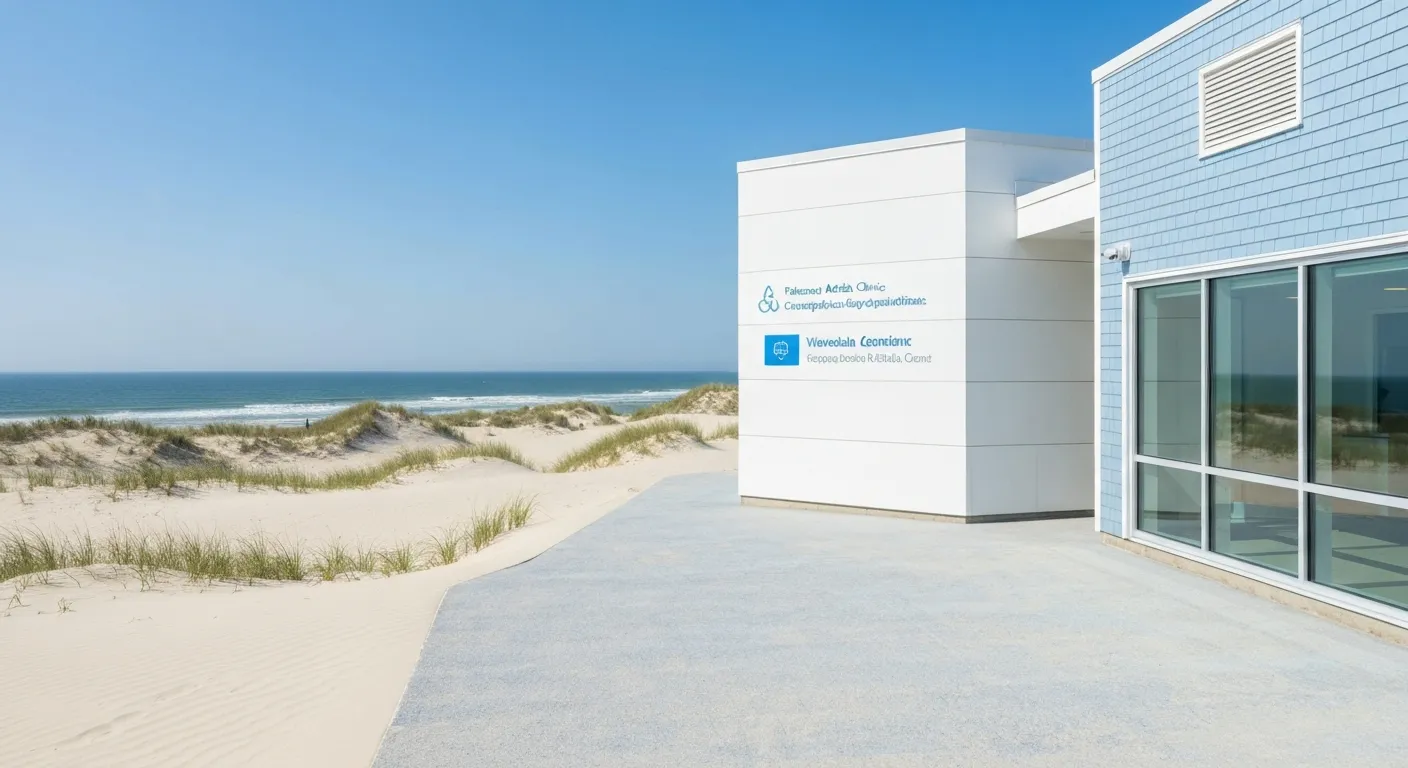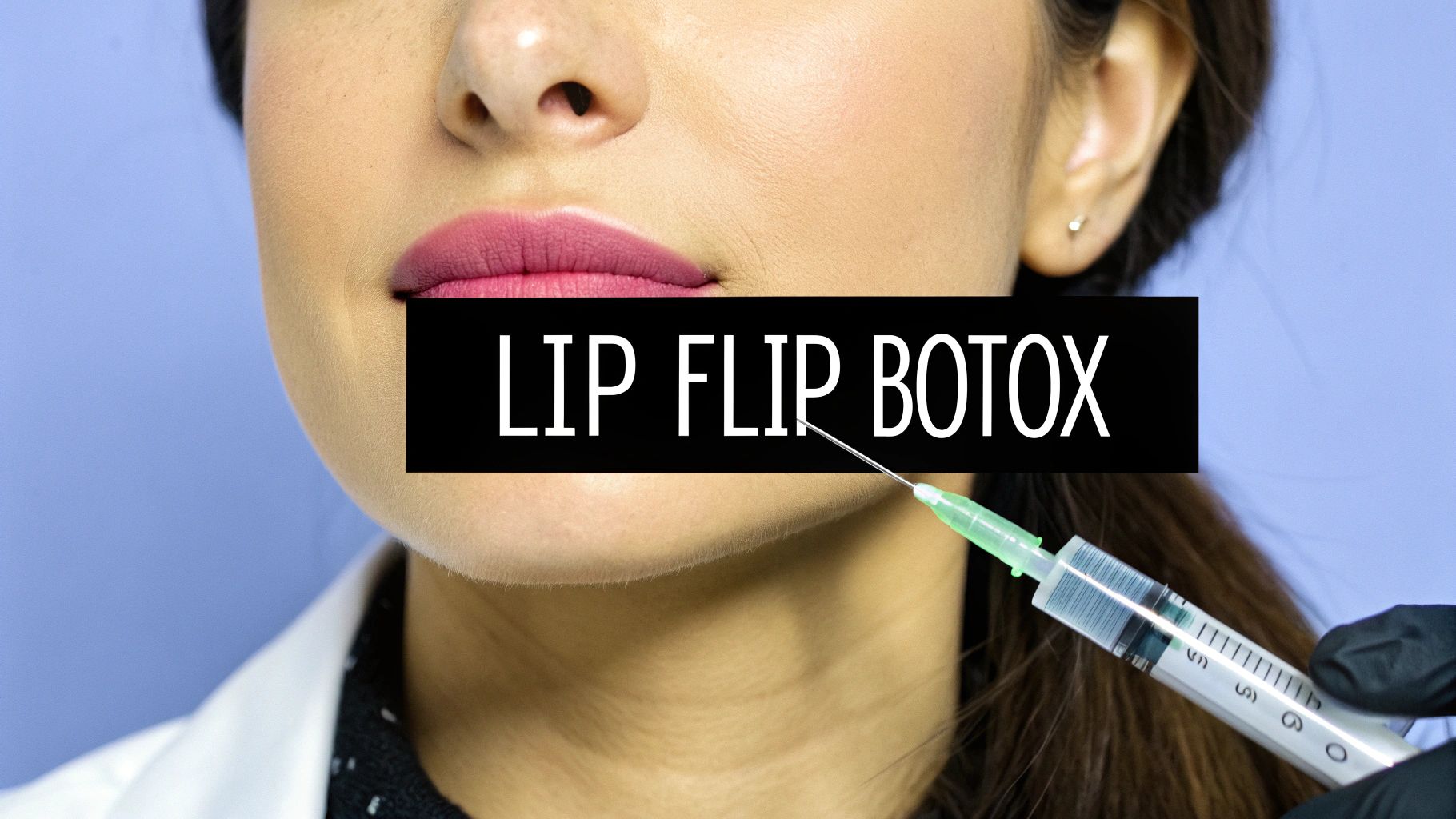
December 16, 2025
Explore coolsculpting chin fat: A guide to sharper definition
Want to tackle coolsculpting chin fat? This guide explains the procedure, pricing, downtime, and expected results to help you decide on a sharper jawline.
Oct 31, 2025

Non-invasive and laser treatments are reshaping the landscape of cosmetic and dermatological care, offering effective solutions to various skin concerns without surgery. These procedures stimulate natural skin rejuvenation, improve appearance, and require minimal downtime, making them highly attractive in today’s fast-paced world. This article explores the benefits, technologies, treatment types, and practical considerations of non-invasive and laser treatments, presenting a comprehensive overview of their transformative role in skin care.
Non-invasive laser treatments enhance skin health by stimulating the production of collagen and elastin, essential proteins that maintain skin's elasticity and youthful appearance. By delivering concentrated light energy beneath the skin's surface, these treatments avoid damaging the outer layer.
Lasers work primarily through photothermal effects—absorbing light energy to create heat that stimulates collagen and elastin production. Some lasers also utilize photochemical effects, altering cellular functions to promote skin repair and pigmentation correction, as explained in Types of Laser Treatments.
These laser treatments effectively manage a variety of skin issues, including:
Overall, non-invasive laser therapies offer a versatile, customizable approach to skin rejuvenation, promoting natural collagen growth while addressing multiple cosmetic concerns with minimal downtime.

Ablative lasers, including CO2 and Erbium, remove the outer skin layers, effectively tackling deep wrinkles, scars, and severe sun damage. This removal stimulates substantial collagen growth for tighter, smoother skin. While ablative treatments yield dramatic results, they involve longer recovery periods—often up to two weeks—with common side effects like redness, swelling, and potential scarring.
Non-ablative laser rejuvenation, on the other hand, heat the deeper skin layers without damaging the surface, promoting collagen production over time with less downtime. They are best suited for mild to moderate wrinkles and skin texture improvements, offering milder side effects and faster recovery.
Fractional laser technology bridges both types by targeting microscopic columns of skin tissue. This technique accelerates healing by leaving surrounding skin intact, ensuring effective results with reduced recovery time and risks.
Specific laser types, such as CO2 lasers, are powerful for resurfacing and treating deep skin concerns, while Erbium lasers provide precise ablation with fewer side effects for superficial lines. Nd:YAG lasers penetrate deeply without affecting pigmentation, making them safer for darker skin tones and effective for vascular issues.
Overall, treatment choice depends on individual skin concerns, desired results, downtime tolerance, and skin type, with professional consultation essential for optimal outcomes.

Non-invasive cosmetic procedures, including Botox treatments and dermal fillers, provide numerous benefits over traditional surgical options. These treatments are quick and can be performed in clinical settings without the need for general anesthesia. This significantly reduces risks associated with surgery, such as scarring and infections.
Injectables work by temporarily relaxing muscles or restoring volume, which helps smooth wrinkles and contour the face naturally. The results appear rapidly, usually within days, and involve minimal to no downtime. Patients can resume normal activities immediately, making these treatments ideal for busy lifestyles. Additionally, these treatments tend to be more affordable than surgery.
Beyond injectables, non-invasive options such as chemical peels, microneedling, and radiofrequency treatments effectively rejuvenate the skin. Chemical peels exfoliate dead skin cells, improving texture and tone. Microneedling stimulates collagen production to repair fine lines, scars, and pigmentation. Radiofrequency adds skin tightening benefits by heating deeper layers without damage to the surface.
Combining multiple non-invasive procedures can target various signs of aging and skin concerns simultaneously. For example, pairing Botox with laser skin resurfacing or microneedling optimizes wrinkle reduction and skin texture improvements without the need for invasive surgery.
Non-invasive cosmetic treatments generally require little to no downtime, allowing patients to return to their daily routines immediately. The risk of complications is low compared to surgical procedures, which often involve longer recovery periods, anesthesia risks, and potential scarring. Moreover, many non-invasive options are more cost-effective, making them accessible to a broader range of patients.
In summary, non-invasive cosmetic treatments offer a safer, faster, and more affordable approach to facial rejuvenation. They allow for customizable, natural-looking enhancements with minimal disruption to daily life, proving to be an attractive alternative or complement to surgical procedures.

Preparing for laser skin resurfacing or non-invasive laser skin enhancements begins with a thorough consultation with a qualified specialist. This includes reviewing your medical history, skin type, and any medications being taken. It is important to avoid sun exposure and stop certain medications or supplements beforehand, as well as to discontinue smoking at least two weeks prior to treatment (pre-treatment preparation for laser resurfacing).
On the day of the procedure, cleansing the skin and avoiding makeup or lotions is essential to maximize treatment effectiveness and reduce complications (Laser Skin Resurfacing Procedure).
Most laser and non-invasive treatments take about 30 to 60 minutes, depending on the area being treated. Patients typically experience minimal discomfort, often described as sensations similar to a rubber band snap. Topical anesthetics may be applied to improve comfort.
After treatment, protecting the skin from sun exposure is critical, along with cleansing gently and using moisturizers or prescribed ointments to aid healing (post-treatment skin care, Post-Procedure Care for Laser Resurfacing. Common temporary side effects include redness, swelling, peeling, and possible pigment changes. Rare risks can include infection or scarring, highlighting the importance of following aftercare instructions carefully (Risks of Laser Skin Resurfacing).
Recovery times vary: non-ablative procedures usually involve little to no downtime, allowing immediate return to daily activities, whereas ablative laser resurfacing may require one to two weeks for healing. Recovery involves managing swelling, redness, and skin sensitivity (laser resurfacing recovery times.
Professional assessment ensures treatments are tailored to your skin type, concerns, and medical background to optimize outcomes and minimize risks. Personalized plans also consider downtime preferences and desired results, ensuring a balanced and safe approach to skin rejuvenation (Choosing cosmetic skin procedures, Professional Laser Treatment Consultation).

Selecting the most suitable non-invasive laser skin enhancements requires evaluating various factors. These include the person's skin type and tone, specific concerns such as wrinkle reduction, hyperpigmentation treatment, or scars, and the severity of these issues. Budget and how much downtime one can tolerate also play crucial roles.
A thorough consultation with a dermatologist or trained specialist is vital to assess the unique needs and medical history of the individual. This helps in tailoring a treatment plan that maximizes benefits while reducing risks.
Many practitioners use hybrid treatment strategies, combining laser therapies with injectables like Botox or dermal fillers. This approach allows comprehensive management of multiple aging signs such as wrinkles, volume loss, and skin texture, providing balanced and natural-looking results.
Modern advances in laser technology such as fractional lasers and non-ablative lasers provide customizable treatment depths and reduced recovery times. These newer options expand treatment possibilities for a wider range of skin types and improve safety and comfort.
Darker skin tones require careful laser selection and treatment customization due to an increased risk of pigmentation changes. Non-ablative and fractional lasers with proven safety profiles are often preferred. Experience and expertise of the provider are critical in minimizing adverse effects and achieving optimal outcomes.

Non-invasive and laser treatments have witnessed remarkable growth due to their increased safety and effectiveness compared to traditional surgical options. Patients are drawn to these procedures as they offer minimal downtime and allow rapid return to daily activities, which suits busy lifestyles exceptionally well.
Technological advancements have played a pivotal role in enhancing both comfort and efficacy. Modern lasers provide precise energy delivery targeting specific skin concerns, while minimizing discomfort and risk, thus broadening the patient base to include various skin types and conditions. Innovations such as fractional lasers, non-ablative laser rejuvenation, and Intense Pulsed Light (IPL) therapy have facilitated safer, customizable treatments that stimulate natural collagen production for rejuvenated skin.
From a market perspective, the non-invasive aesthetic treatment industry is set for substantial expansion, with forecasts indicating a global growth to over $170 billion by 2030. This surge is coupled with growing consumer acceptance, as over 80% of people are now more open to these treatments than five years ago.
Cost-effectiveness is another significant benefit, as non-surgical procedures often incur lower expenses without compromising results. Their accessibility in clinical settings and minimal risk profile enhance patient satisfaction, making them attractive choices.
Moreover, these treatments extend beyond cosmetic uses into medical fields, offering solutions for pain relief, scar reduction, and skin conditions, thereby increasing their utility and acceptance. See benefits of laser therapy for pain relief and healing and non-surgical treatment options for chronic pain.
In summary, non-invasive and laser therapies are transforming aesthetic and medical dermatology by providing effective, safe, and economical options that align well with patient preferences and lifestyles, forecasting their continued prominence in skin care and treatment.
Non-invasive and laser treatments represent a remarkable shift in cosmetic and dermatological care by blending scientific innovation with patient convenience. These therapies offer precise, customizable, and safe options to rejuvenate skin, reduce signs of aging, and treat a variety of skin conditions with minimal downtime and risks. Whether through ablative or non-ablative lasers, injectables, or combined approaches, patients today have access to effective alternatives to surgery that promote natural skin restoration. With ongoing technological advances and growing expertise, non-invasive and laser treatments are poised to remain at the forefront of aesthetic and medical skin care, helping individuals look and feel their best while maintaining active lifestyles.

December 16, 2025
Want to tackle coolsculpting chin fat? This guide explains the procedure, pricing, downtime, and expected results to help you decide on a sharper jawline.

December 16, 2025
Ensuring Patient Safety Through Rigorous Accreditation on Cape Cod

December 15, 2025
Considering a subtle enhancement? Learn what is lip flip botox, how it differs from fillers, the costs involved, and what the procedure is really like.